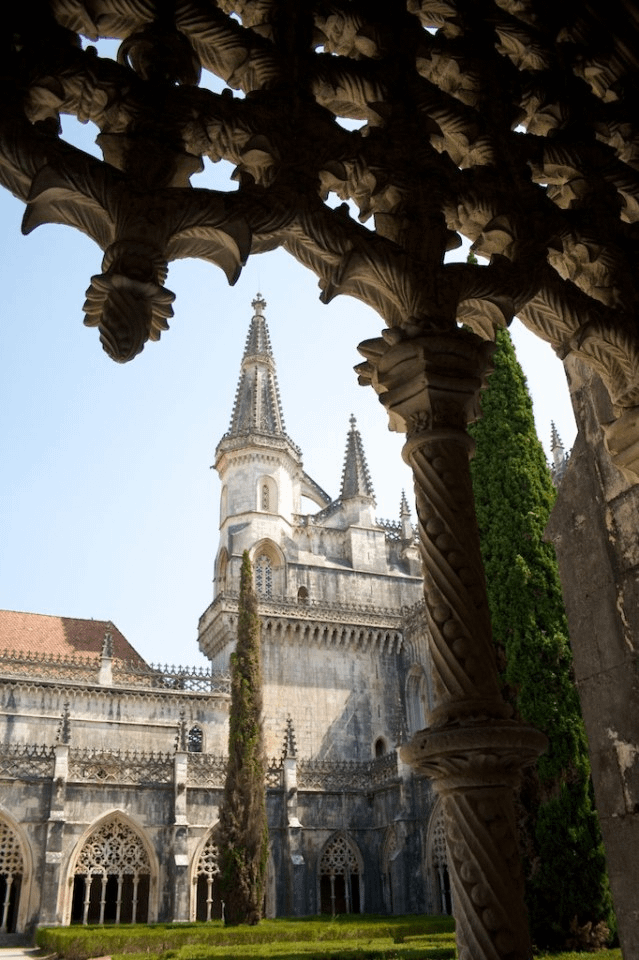[ad_1]

The Jeronimos Monastery, located in Lisbon, Portugal, is a stunning example of Manueline architecture. It was built in the 16th century and is considered one of the most impressive monasteries in the country. The monastery was commissioned by King Manuel I to commemorate Vasco da Gama’s successful voyage to India, and it became a symbol of Portugal’s Age of Exploration.
The monastery’s intricate design features ornate stonework, arches, columns, and statues, showcasing the wealth and power of Portugal during this period. The cloisters of the monastery are particularly noteworthy for their detailed carvings depicting scenes from the Bible, as well as intricate maritime motifs like ropes, shells, and sea monsters.
The interior of the monastery is equally impressive, with a grand church adorned with beautiful stained glass windows and a high vaulted ceiling. The tomb of Vasco da Gama is located within the church, further emphasizing the monastery’s connection to Portugal’s maritime history.
Today, the Jeronimos Monastery is a popular tourist attraction and a UNESCO World Heritage site. Visitors can explore the monastery’s impressive architecture, wander through its peaceful cloisters, and learn about Portugal’s rich history of exploration and discovery. The monastery also houses a museum with exhibits on Portuguese art and history, making it a must-see destination for anyone interested in the country’s cultural heritage.
